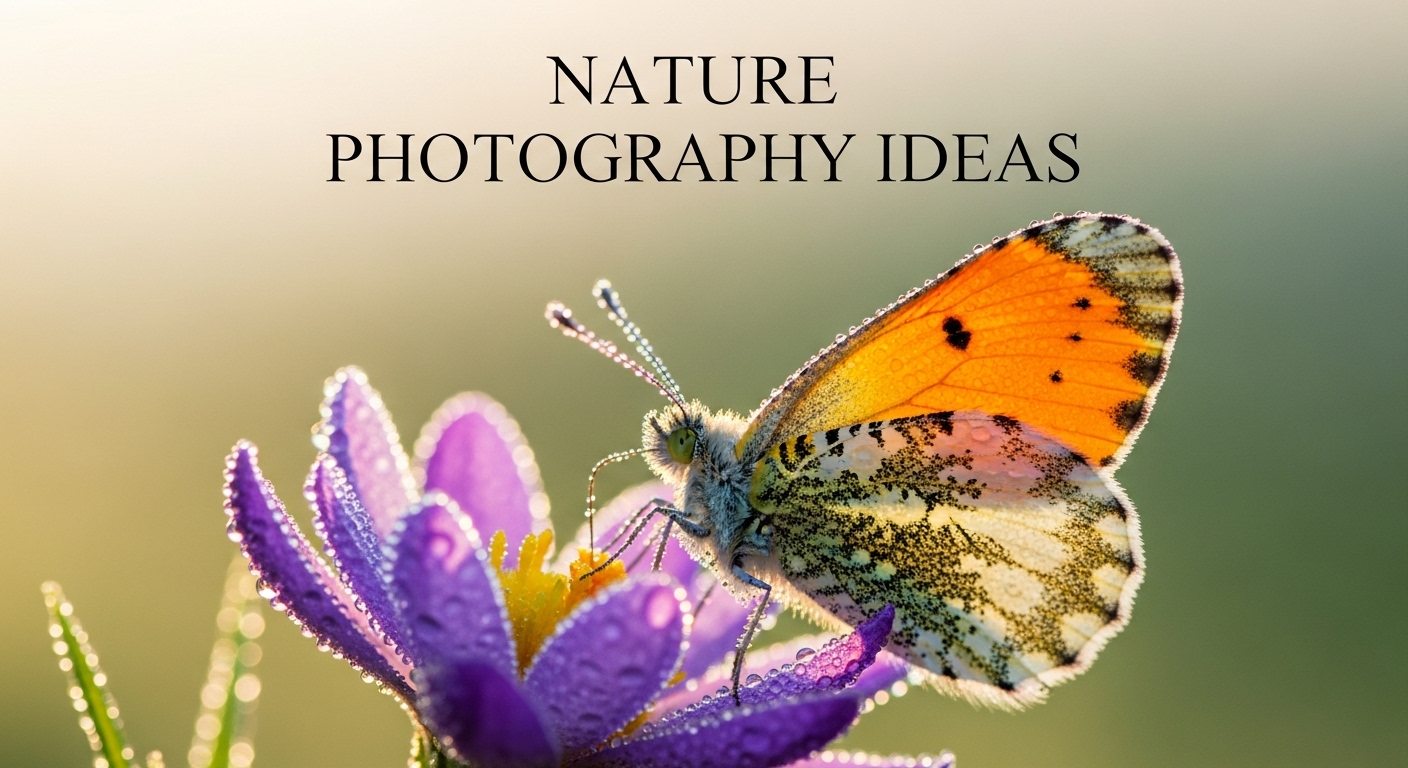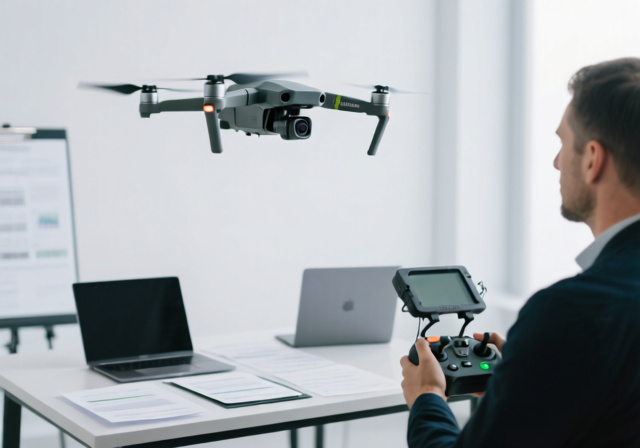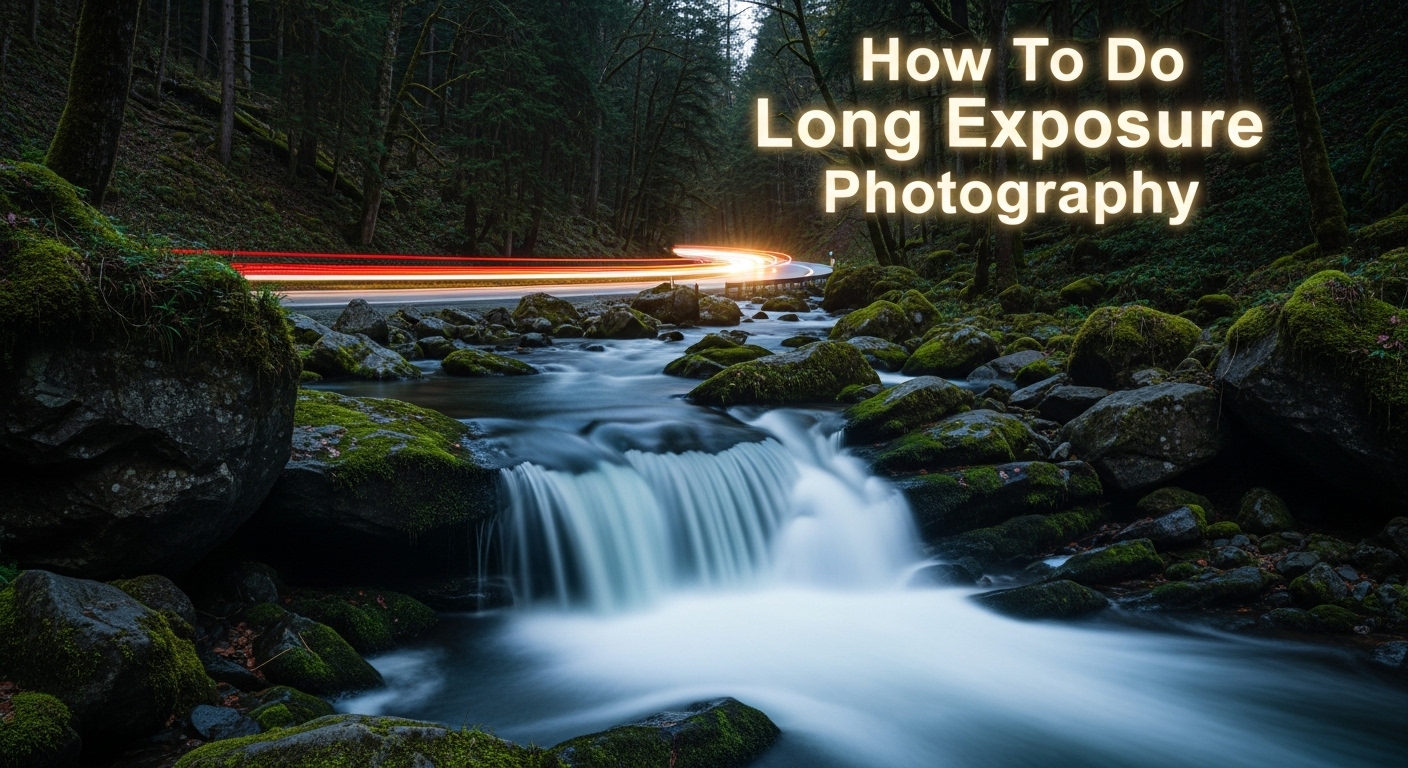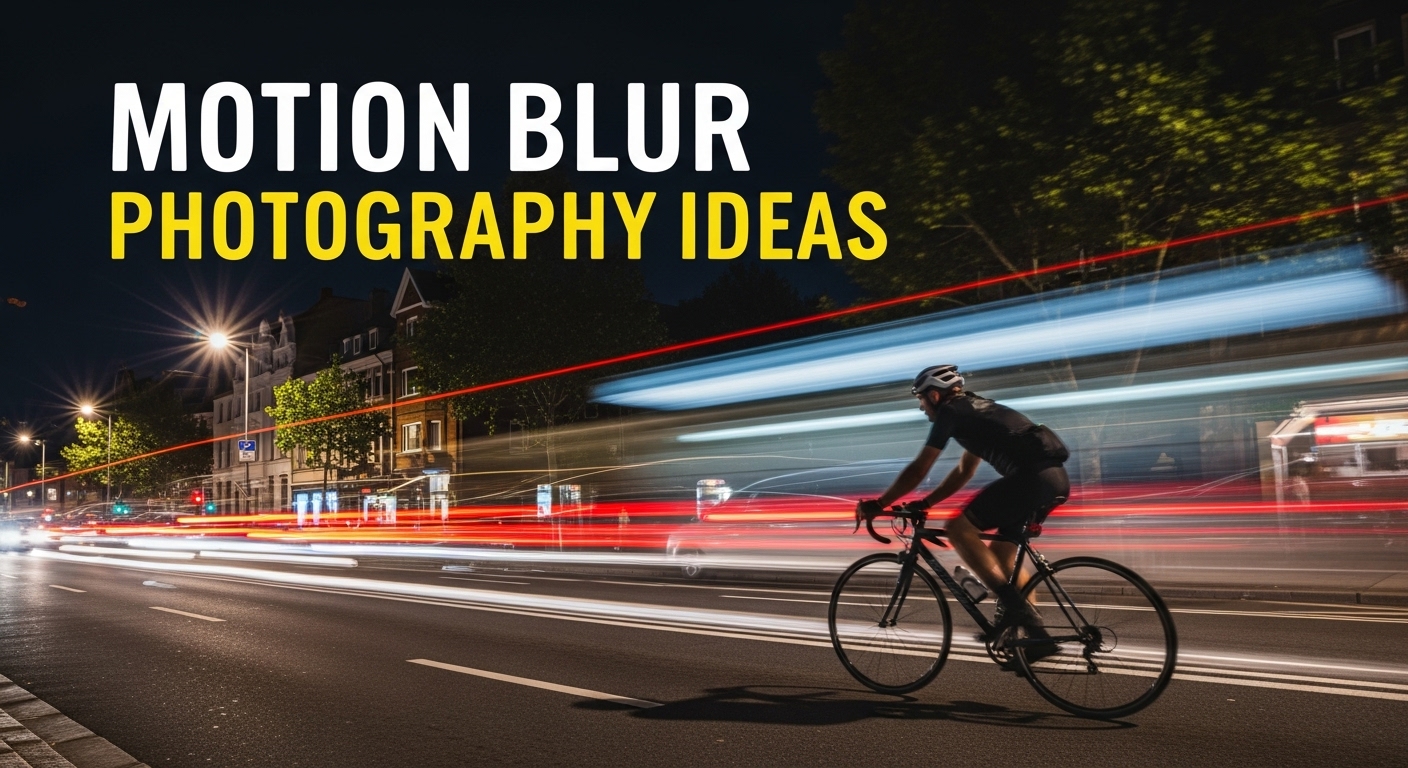
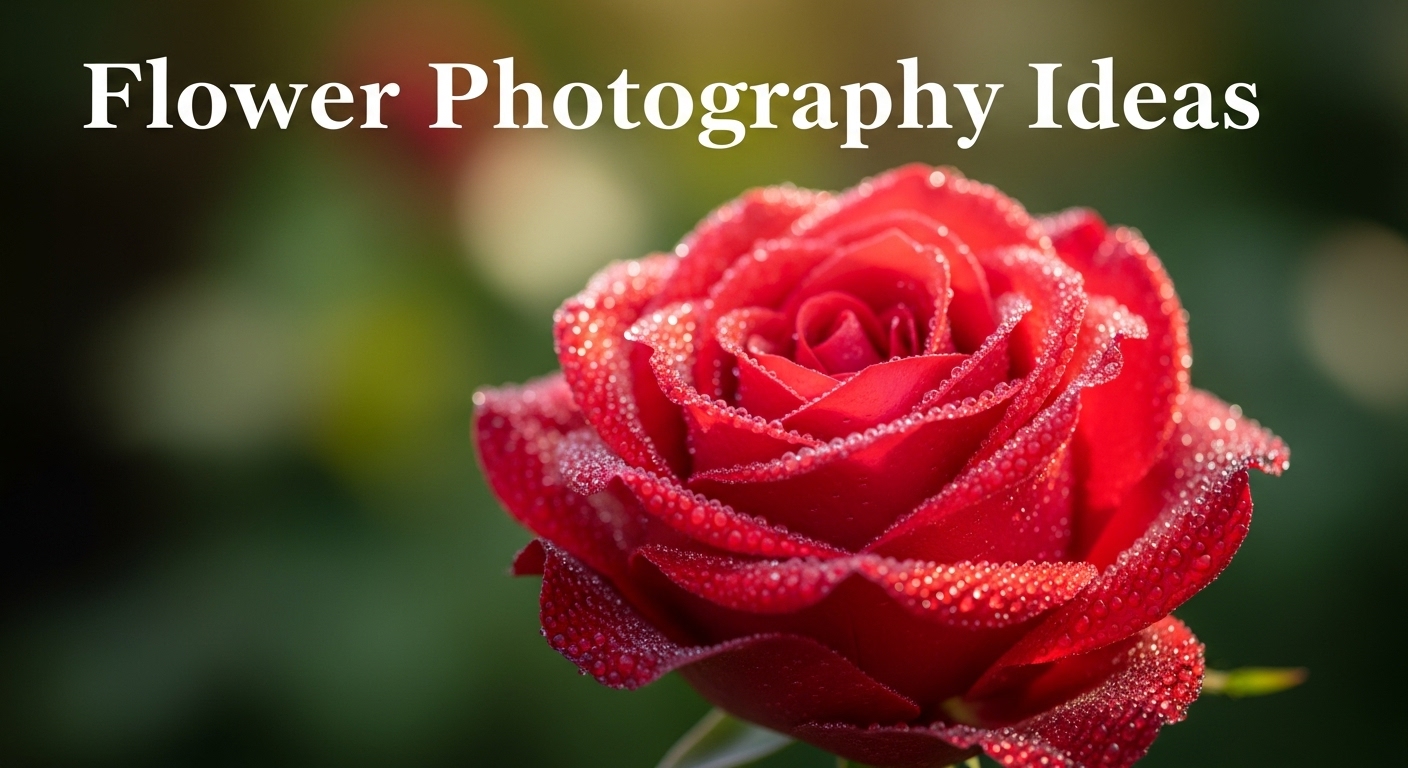
Flower photography combines technical skill with artistic vision to capture nature’s most colorful creations. Whether you’re photographing wildflowers in a field, carefully arranged bouquets, or single blooms in your garden, flowers offer endless possibilities for creative expression. Many photographers start with flower photography because flowers are patient subjects that don’t move (much) and provide immediate, beautiful results.
Flower photography is the art of capturing botanical subjects through photography, focusing on the beauty, colors, textures, and intricate details of flowers using various techniques from basic composition to advanced macro photography. It’s an accessible genre that welcomes photographers of all skill levels and equipment types.
As someone who has spent thousands of hours photographing everything from delicate cherry blossoms to robust sunflowers, I’ve learned that great flower photography isn’t about having expensive gear—it’s about understanding light, composition, and developing your unique perspective. In this comprehensive guide, I’ll share the techniques and insights that will transform your flower photos from snapshots to stunning works of art.
You’ll discover everything from basic camera settings to creative approaches that will make your flower photography stand out. Whether you’re shooting with a professional DSLR or your smartphone, these photography guides and tips will help you capture the beauty of flowers in ways you never imagined.
Quick Summary: Master these 10 fundamental techniques to immediately improve your flower photography: shoot during golden hour, use a wide aperture for soft backgrounds, pay attention to backgrounds, experiment with angles, use a tripod, practice selective focus, include environmental context, capture details, work with the wind, and embrace imperfections.
To photograph flowers effectively, start with these foundational techniques that work regardless of your equipment. I’ve seen complete beginners transform their photography by focusing on these core principles.
✅ Pro Tip: Practice one technique at a time. Spend an entire photo session focusing only on background control, then another session experimenting with different angles. Mastering each technique individually builds a strong foundation.
Light is the most critical element in flower photography. The right lighting can make an ordinary flower look extraordinary, while poor lighting can ruin even the most beautiful bloom. Understanding how to work with different lighting conditions will dramatically improve your flower photography.
Golden Hour: The first hour after sunrise and last hour before sunset when the sun is low in the sky, creating soft, warm, directional light that’s perfect for flower photography.
The best time to photograph flowers is during golden hour, when the light is soft and warm. This low-angle light creates gentle shadows that reveal the three-dimensional structure of flowers while minimizing harsh contrasts. I’ve found that early morning light often works best—flowers are fresh, often covered in dew, and the air is usually still.
Overcast days provide another excellent opportunity. The clouds act as a natural diffuser, creating even, shadowless light that’s perfect for capturing accurate colors and details. Don’t stay home just because the sun isn’t shining—some of my best flower portraits were taken under cloudy skies.
Harsh midday sun creates strong shadows and washed-out colors, but you can still get great shots with the right approach:
Backlighting is one of my favorite techniques for dramatic flower photos. By positioning yourself so the sun shines through the petals, you can capture stunning translucency and create a glowing effect that makes ordinary flowers look magical.
When photographing flowers indoors, window light is your best friend. Place your flower near a north-facing window for soft, even light. For more control, you can use:
Composition is what separates good flower photos from great ones. It’s not just about what you include in your frame, but where you place it and how you arrange the elements. Master these composition techniques to create flower photos that draw viewers in and hold their attention.
The rule of thirds is a foundational composition technique. Imagine your frame divided into nine equal parts by two horizontal and two vertical lines. Place your main flower at one of the intersections where these lines meet, rather than centered in the frame.
However, don’t feel bound by this rule. Sometimes centering your subject creates a powerful, symmetrical composition—especially with flowers that have radial symmetry like daisies or sunflowers. The key is to make an intentional choice about placement.
The best angle to photograph flowers depends on the story you want to tell:
I often spend more time exploring different angles than actually shooting. Moving around your subject reveals new compositions and lighting possibilities. One of my award-winning photos came from lying on my back and shooting upward into a tulip.
A distracting background can ruin an otherwise perfect flower photo. Here are techniques for controlling backgrounds:
Before pressing the shutter, always do a background check. Look for bright spots, out-of-focus elements, or colors that compete with your subject. Sometimes the solution is as simple as moving your camera position slightly.
Use natural elements to guide the viewer’s eye to your flower:
⏰ Time Saver: Create a composition checklist: Check background, choose angle, apply rule of thirds, look for leading lines. This 30-second routine will improve your photos dramatically.
Contrary to popular belief, you don’t need expensive equipment to create stunning flower photography. I’ve seen incredible flower photos taken with everything from smartphones to high-end medium format cameras. The key is understanding your equipment’s capabilities and working within its limitations.
Your smartphone is a capable flower photography tool. Modern phone cameras offer excellent quality and features specifically designed for close-up photography. The best camera is the one you have with you, and you’ll miss more shots by not shooting than by not having the “perfect” gear.
As you progress, consider these additions in order of importance:
| Equipment | Budget Option | Mid-Range | Professional |
|---|---|---|---|
| Camera Support | Bean bag ($10) | Travel tripod ($50-100) | Professional tripod ($300+) |
| Lenses | Kit lens | 50mm prime ($100-200) | Macro lens ($500-1000) |
| Lighting Control | White foam board ($5) | 5-in-1 reflector ($30) | Professional flash ($400+) |
Different lenses offer different advantages for flower photography:
Remember that equipment should serve your vision, not the other way around. I’ve seen photographers with minimal gear create more compelling images than those with the latest and most expensive equipment.
“The best equipment is what you have with you. I’ve taken some of my best flower photos with my phone and a $50 tripod. It’s not about the gear; it’s about seeing the light and understanding composition.”
– Professional nature photographer, forum discussion
Once you’ve mastered the basics, it’s time to explore creative approaches that will make your flower photography unique and memorable. These techniques will help you develop your personal style and create images that stand out from the crowd.
Move beyond literal representation and explore the abstract qualities of flowers:
Water adds visual interest and amplifies colors:
Place your flowers in context to tell a story:
One of my most successful creative projects involved photographing the same group of flowers every day for two weeks, documenting their life cycle from fresh blooms to decay. This series told a story about impermanence and beauty that resonated deeply with viewers.
For those ready to push their technical skills:
Smartphone cameras have evolved to become serious tools for flower photography. The best smartphone is the one you have with you, and modern phones offer features specifically designed for close-up photography that can produce stunning results.
Most smartphones have a dedicated macro mode or can focus surprisingly close. Here’s how to get the best results:
Small screens can make composition challenging:
Enhance your smartphone flower photos with these app types:
Even experienced photographers make these mistakes. Learning to recognize and fix them will immediately improve your flower photography.
Don’t limit your flower photography to spring and summer. Each season offers unique opportunities for capturing beautiful botanical images.
Early bloomers like crocuses, daffodils, and cherry blossoms. Look for fresh growth and the first signs of color.
Peak season with abundant flowers. Early morning and late evening sessions avoid harsh light and heat.
Late-blooming flowers, seed heads, and changing leaves. Capture the transition from bloom to decay.
Indoor flower photography, dried arrangements, and evergreen botanicals. Focus on structure and form rather than color.
Flower photography is a journey of continuous learning and discovery. The techniques covered here provide a strong foundation, but the real magic happens when you develop your own unique vision and style. Remember that even professional photographers started as beginners, and the most important step is to practice regularly and experiment fearlessly.
I encourage you to start simple—choose one technique from this guide and spend a week focusing on just that. Master it before moving on to the next. Photography is a marathon, not a sprint, and steady progress will serve you better than trying to learn everything at once.
Share your work with others, join photography communities, and don’t be afraid to make mistakes. Some of my best creative breakthroughs came from happy accidents and failed experiments. Your unique perspective and experiences are what will make your flower photography truly special.
For more photography techniques and professional guidance, explore our photography expertise and continue developing your skills. Remember, the most beautiful flower photos often come not just from technical knowledge, but from patience, observation, and a genuine love for your subject.

